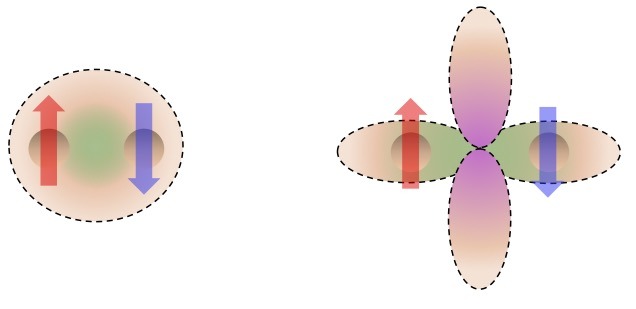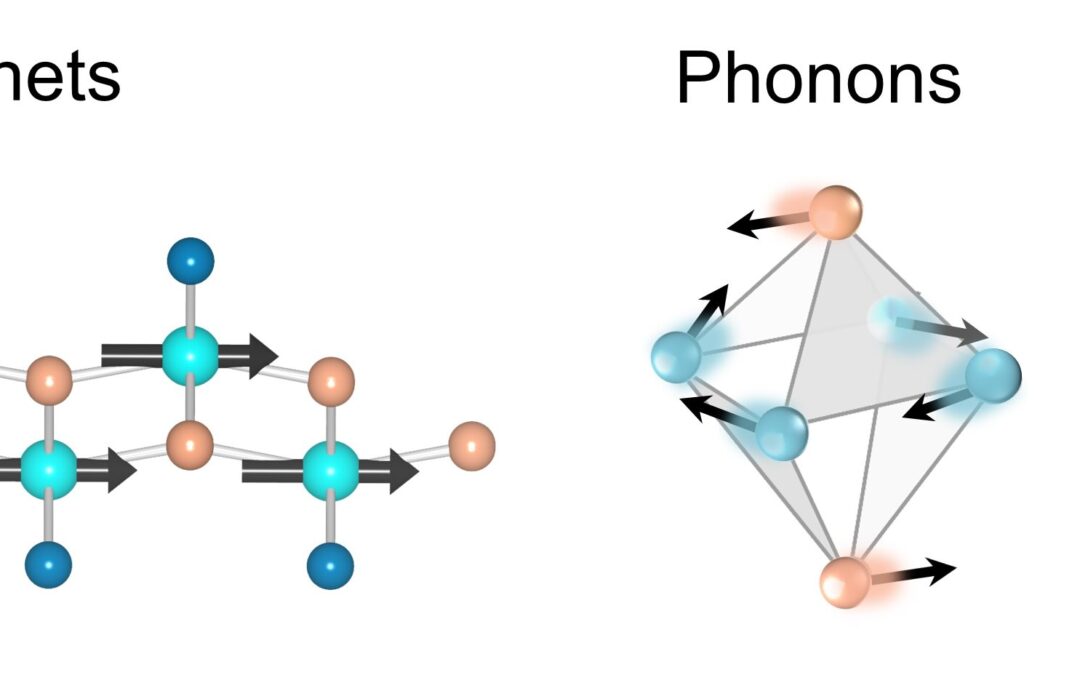Laboratoire: MPQ (Matériaux et Phénomènes Quantiques), Université Paris Cité & CNRS
Adresse: Bâtiment Condorcet – 10 Rue A. Domon et L. Duquet – 75013 Paris
Directeur de stage/thèse: Clément Barraud
Tel: 0627065271
e-mail: clement.barraud@u-paris.fr
Scientific project:
For this experimental project, we would like to investigate the magnetotransport properties of hybrid ferromagnetic metal/graphene/molecules/ferromagnetic metal spintronic devices. After injection and propagation into the organic film, the spin polarized current will then be detected thanks to magnetoresistive effects at the second electrode. The amplitude of the magnetoresistance and its variation with respect to the energy give precious information to understand the device’s physics. The parameters of interests are the spin injection efficiency, the spin transport properties of the organic film and the efficiency of the detection method. We will thus play with different devices configurations and materials to investigate the spin response of the device and to determine the critical parameters for an efficient spintronics device. In particular, we will investigate quantum interference effects given by the cross- conjugation of certain molecules like anthraquinone [5].
We are looking for a motivated student interested in physics to pursue this research activity. The intern will be in charge of the nanofabrication, the characterization and the measurements of the devices. Ongoing active collaborations with a chemistry group at ITODYS and a physics team at UMPhy CNRS/Thales.
[1] Fert, A. Nobel Lecture: Origin, development, and future of spintronics. Rev. Mod. Phys. 80, 1517–1530 (2008)
[2] Sanvito, S. & Rocha, A. R. Molecular-Spintronics : the art of driving spin through molecules. J. Comput. Theor. Nanosci. 3, 624 –642 (2006).
[3] Bajaj, A., Khurana, R. & Ali, M. E. Quantum interference and spin filtering effects in photo-responsive single molecule devices. J. Mater. Chem. C 9, 11242–11251 (2021).
[4] Barraud, C. et al. Unravelling the role of the interface for spin injection into organic semiconductors. Nat. Phys. 6, 615–620 (2010).
[5] Rabache, V. et al. Direct observation of large quantum interference effect in anthraquinone solid-state junctions. J. Am. Chem. Soc. 135, 10218–21 (2013).
Methods and techniques: micro and nanofabrication in clean-room environment (e-beam lithography, thin film deposition, etching, plasma surface treatment…) structural characterizations by atomic force microscope, electrical transport and magnetotransport measurements from 1K to 350K
Possibility to go on with a PhD: YES
Envisaged fellowship: EDPIF
À lire aussi

TUPHO, pour la production à grande échelle de circuits photoniques intégrés
Le projet TUPHO est une initiative qui veut combler le fossé entre innovation en amont et production à grande échelle dans l’industrie des circuits photoniques intégrés (PICs). Il est porté par Hamidreza Neshasteh et Ivan Favero, membres de l’équipe Light and...

Manipulating unconventional superconducting states via anisotropic strain
Laboratoire: MPQ (Matériaux et Phénomènes Quantiques), Université Paris Cité & CNRSAdress: Bâtiment Condorcet – 10 Rue A. Domon et L. Duquet – 75013 ParisInternship/PhD supervisor: Yann GallaisTel: 0157276989e-mail: yann.gallais@u-paris.fr Scientific project:...

Towards light control of van der Waals magnets
Laboratoire: MPQ (Matériaux et Phénomènes Quantiques), Université Paris Cité & CNRS Adress: Bâtiment Condorcet – 10 Rue A. Domon et L. Duquet – 75013 Paris Internship/PhD supervisor: Niloufar Nilforoushan and Yann Gallais Tel: 0157276223 e-mail:...

Séminaires
Prof. Sebastian Loth — University of Stuttgart, Institute for Functional Matter and Quantum TechnologiesTitle: Coming soon16 Janvier 2026 à 11h00 — Salle Luc Valentin (454A) Dr. Florian Dirnberger — Department of Physics, TUM School of Natural Sciences, Technical...
